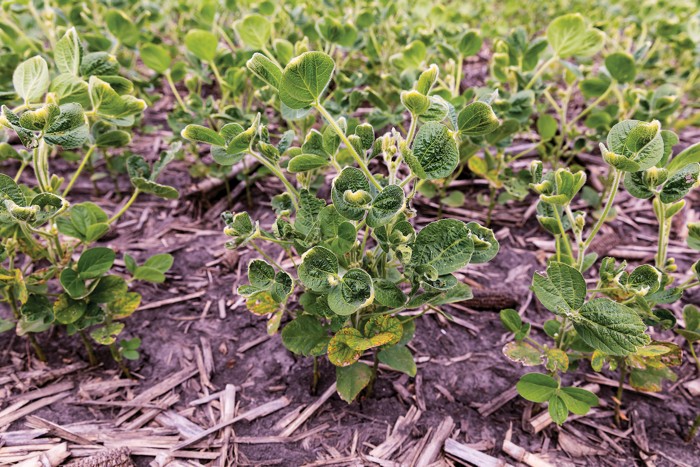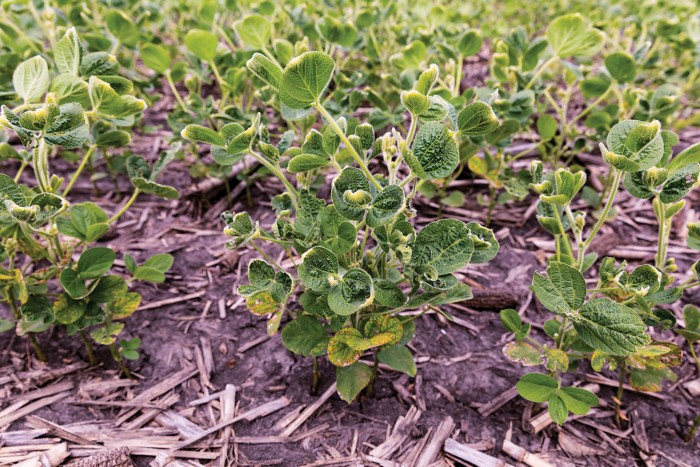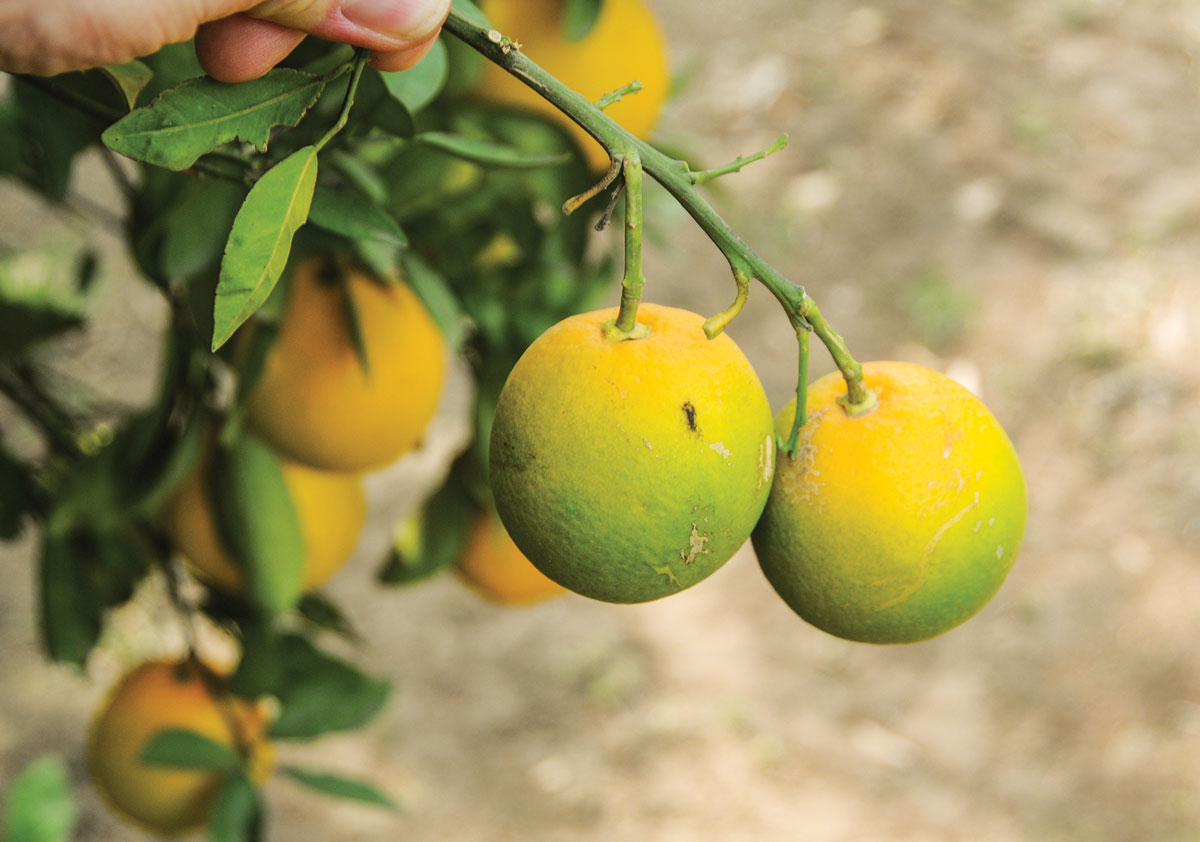Advertisement
Grab your lab coat. Let's get started
Welcome!
Welcome!
Create an account below to get 6 C&EN articles per month, receive newsletters and more - all free.
It seems this is your first time logging in online. Please enter the following information to continue.
As an ACS member you automatically get access to this site. All we need is few more details to create your reading experience.
Not you? Sign in with a different account.
Not you? Sign in with a different account.
ERROR 1
ERROR 1
ERROR 2
ERROR 2
ERROR 2
ERROR 2
ERROR 2
Password and Confirm password must match.
If you have an ACS member number, please enter it here so we can link this account to your membership. (optional)
ERROR 2
ACS values your privacy. By submitting your information, you are gaining access to C&EN and subscribing to our weekly newsletter. We use the information you provide to make your reading experience better, and we will never sell your data to third party members.
Pesticides
Chlormequat is on the rise in the US population
Environmental group sounds alarm over plant growth regulator on imported oats
by Britt E. Erickson
February 22, 2024
| A version of this story appeared in
Volume 102, Issue 6
Chlormequat chloride, a chemical used to stunt the growth of some ornamental plants and grains, is increasingly showing up in the US population, according to a report from the Environmental Working Group (EWG), an advocacy organization (DOI: 10.1038/s41370-024-00643-4).

The EWG commissioned a UK-based laboratory to quantify chlormequat in a few dozen urine samples collected from volunteers in the US. The samples were collected in 2017, 2018–2022, and 2023, from different groups of volunteers each time. The group also hired a California-based lab to quantify chlormequat in cereals and granola bars purchased from stores in the Washington, DC, area in 2022 and 2023.
Urine samples collected in 2023 had markedly higher levels of chlormequat than those from 2017 to 2022, the EWG says. Even so, the levels were several orders of magnitude below acceptable limits established by the US Environmental Protection Agency and the European Food Safety Authority. The EWG says reevaluation of those safety thresholds may be warranted in light of new toxicological studies.
“The ubiquity of this little-studied pesticide in people raises alarm bells about how it could potentially cause harm without anyone even knowing they’ve consumed it,” Alexis Temkin, an EWG toxicologist and lead author of the study, says in a statement. The chemical has been linked to reproductive and developmental effects in animal studies.

The EWG attributes the rise in chlormequat levels in the US population to the EPA’s move in 2018 to allow chlormequat on imported oats, wheat, and barley, and its decision in 2020 to increase how much is allowed on imported oats.
The group’s analysis in 2022 and 2023 of chlormequat in foods revealed that the chemical is present at levels above 100 ppb in several oat-based products, including old-fashioned oats and popular cereals.
The EWG says it is concerned that the amount of chlormequat in food, and in people who eat that food, will rise if the EPA follows through with a proposal announced last year that would allow chlormequat on barley, oat, triticale, and wheat grown in the US. The National Association of Wheat Growers and the National Barley Growers Association are urging the EPA to finalize the proposal in time for the 2024 growing season.





Join the conversation
Contact the reporter
Submit a Letter to the Editor for publication
Engage with us on Twitter